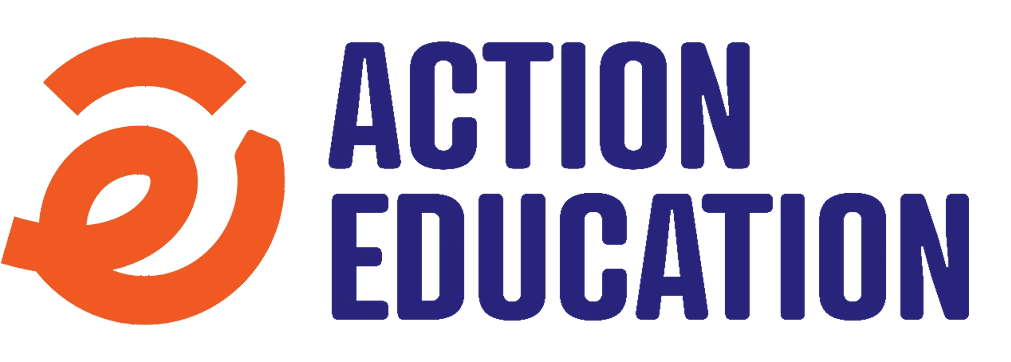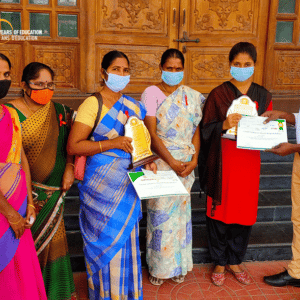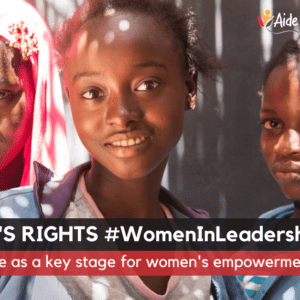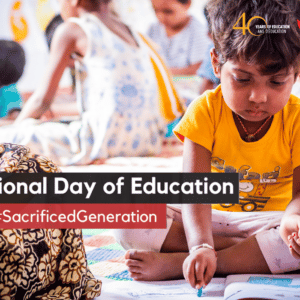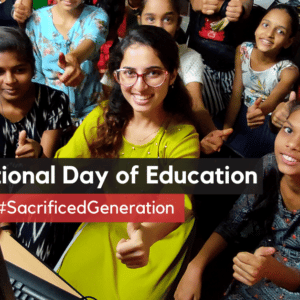Innovation and niche identity is essential for development as it is a driver of economic growth. The identity based on niche areas of any company adds to its brand value and helps in economic gains in a competitive market. A systematic approach with longer term view to promote innovation and identity (brand) is also the way for overall development of countries like Sri Lanka. It is very important for the countries that are emerging economies or fast catching up to reach the middle-income country status. However, a robust institutional framework and well thought out policies would be required to promote innovation and brand- both in public and private sectors. The opportunities could be best captured for our advantage, if we do not wait for the best policies and institutional frameworks to come up; and instead of that immediately start taking up critical actions that promote innovation and identity.
In this context, it will be useful to have a look at the Innovation Strategy of OECD members (2015), which has been developed to promote a set of policy priorities that also apply to emerging and developing countries. These include: framework conditions that encourage entrepreneurship and the mobility of factors on all markets; openness to trade as global networks of innovation emerge; public and private investment in human capital, R&D and other intangibles. These principles need to be applied in ways which accommodate the different prevailing conditions of emerging and developing countries to support innovation in these economies.
While all the areas of OECD Innovation Strategy require time and financial investment, development of human capital and encouraging entrepreneurship are the areas that require least investment with most returns. The investment in human capital development also provides lasting results with respect to promotion of innovation and brand strengthening.
Innovations are extremely important to build-up niche competencies i.e. growth/ exports in sectors of comparative advantage, for example, Colombian and Ecuadorian flower industry and Malaysia’s palm oil sector. Innovations are also needed for inclusive growth where low- and middle-income households can improve access to business opportunities, for example, mobile banking services, and micro-credit provisions to promote entrepreneurship.
Some of the policy priorities (of OECD members) depend on many external factors,however, encouraging entrepreneurship and investment to develop human capital could be largely achieved through internal resources and political foresightedness. In this context, it is important to understand that at the top leadership level of industries there is capability of and consciousness towards innovation and identity, however, it would be important to develop a critical mass of professionals in the country at the middle management levels. These middle management level professionals, along with practicing innovations, could also provide required mentorship to upcoming young professionals at the entry level in any industry.
It is important to note here that in Sri Lanka, Tertiary and Vocational Education Commission (TVEC) under the Ministry of Skills Development and Vocational Training is making huge efforts to incorporate strong soft-skills including innovative approaches, creative and critical thinking and strong communication and inter-personal skills in its curriculum and training programs. This will create an innovative and brand conscious professional workforce at the bottom of the pyramid of any industry or enterprise. However, the young professionals with vocational training would require constant mentoring to effectively imbibe and sustain the culture of innovative practices. These entry level professionals would also require support to connect with larger global industry environment to understand the innovations taking place at the international level. Hence, it is extremely important to develop innovation and brand sensitive human capital at the higher level of hierarchy in our manufacturing and service sector industries. The largest gap has been identified in the middle and higher-middle level management, which is crucial to promote innovation and brand of any company.
Aide et Action International, an international NGO working in Sri Lanka since 2005, has identified this gap through its work on vocational education program for underprivileged youth. It’s vocational education program that has trained more than 200,000 youth in South Asia (Sri Lanka, India, Nepal and Bhutan) in past 10 years has given very impressive results of 76% placement rate. However, it has also identified the need for handholding support for these entry level professionals, particularly to strengthen their capabilities in soft-skills areas such as innovation and identity, communication and inter-personal skills, and team work and leadership. The best institutional mechanism to provide such support is through a middle management level workforce that is prepared to take forward innovation and brand objectives of her/ his company and provide necessary mentorship to entry level professionals in this regard.
Keeping this need in mind, Aide et Action International has recently launched a program to develop innovation and brand development capabilities of middle management level professionals of public and private sector companies in Sri Lanka. This is primarily with the objective to systematically develop a professional workforce at that level to regularly provide support to the entry level professionals in an active work environment. This will develop comprehensive capabilities at all levels of a company to promote an environment for quality innovations and sustained brand building.
Growth and wellbeing
As a broader policy, innovation helps to drive economic growth in the challenging socio-economic conditions. Many growth-enhancing innovations also address social challenges. For example, poverty-related effects can substantially influence opportunities for engaging in entrepreneurial activities (e.g. ill health reduces the potential productivity of workers), so that addressing social challenges can also encourage growth processes. In India’s Green Revolution of the 1960s, innovation led to the introduction of high-yield varieties and seeds and increased use of fertilisers and irrigation and this resulted in a substantial increase in grain production. This not only raised agricultural productivity but also directly addresses food scarcity among the country’s poor. In spite of its demonstrated benefits for meeting the immediate and long-term developmental goals of emerging and developing countries, the relevance of innovation for these economies is sometimes questioned. Such thinking is often based on a narrow view of innovation as high-technology. It is true that an exclusive focus on high-technology industries (“high-tech myopia”) can be costly if the potential for innovation in other sectors is ignored. Countries can incur high costs without reaping any benefits if they choose sectors that require expertise they lack and are internationally highly competitive.
One of the important lessons of the past two decades has been the pivotal role of innovation in economic development. The build-up of innovation capacities has played a central role in the growth dynamics of successful developing countries. These countries have recognised that innovation is not just about high-technology products and that innovation capacity has to be built early in the development process in order to possess the learning capacities that will allow “catch up” to happen. They also need innovation capacity and local innovations to address challenges specific to their local contexts (e.g. tropical diseases). Ultimately a successful development strategy has to build extensive innovation capacities to foster growth. While innovation is important at all stages of development, different types of innovation play different roles at various stages. In earlier stages, incremental innovation is often associated with the adoption of foreign technology, and social innovation can improve the effectiveness of business and public services. High-technology R&D-based innovation matters at later stages of development, when it is both a factor of competitiveness and of learning (which allows for completing the “catch-up” process).
Other factors that promote
Innovation
There is evidence that R&D played a key role in the take-off of Asian economies such as China, India and Korea. What is more, many emerging economies have industries or firms that are at the technology frontier and need to innovate to compete.
Mainly for emerging economies and middle income countries it is important to climb the value ladder in global value chains. Some of the classic examples are the automotive industry in Malaysia amd India’s software industry.
Apart from R&D, growth of Information Communication Technologies (ICTs) accelerates development and sharing of innovation and brands of a company or industry. ICTs are a key channel for the transfer of ideas as they extend reach to remote locations and previously marginalized people/groups. They can be essential for enabling to start off innovation processes as new ideas are disseminated more widely and put to new uses. ICTs themselves offer many opportunities for innovation.
Initiatives to promote innovation
Sri Lanka’s first National Summit on ‘Foresight and Innovation for Sustainable Development’ in May 2016, organised by UNDP and the Ministry of National Policies and Economic Affairs, was an important initiative to promote innovation and identity for better economic growth and social development. This two-day summit focussed on starting a national dialogue on the importance of foresight and innovation as a value addition to traditional development planning to achieve sustainable human development and the 2030 development agenda.
Aide et Action International, with its understanding of needs and aspirations of youth trained for vocational education and currently employed in various industries, has embarked on an ambitious program to develop innovation and brand consciousness with appropriate skills among the middle management level professionals, who could then provide sustained mentorship to entry level professionals trained by Aide et Action International and various other private and public institutions like Vocational Training Authority (VTA) and National Apprentice & Industrial Training Authority (NAITA). Aide et Action has conducted one such workshops in Colombo and plans to have more workshops on innovation and brand solutions that would be facilitated by international experts who will bring in global knowledge and expertise to Sri Lanka. In this series, three one-day workshops are planned on 19th, 20th and 22nd October 2016, which will be facilitated by Mr.Sanjeev Kotnala, a senior expert from India.
The author is the Regional Director, AEAI SA.
The article originally was published in The Island, Srilankan News paper. Click here.
